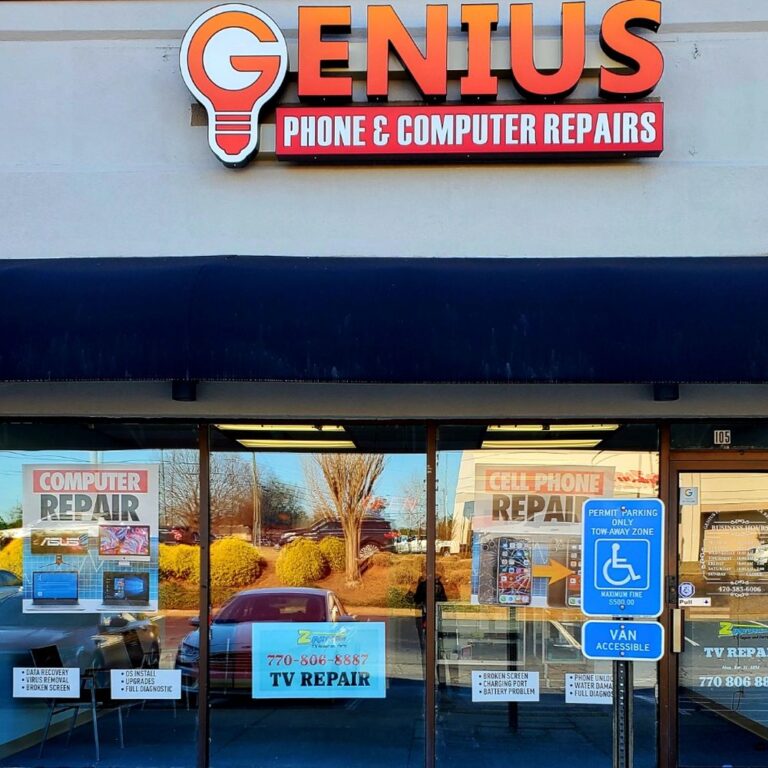Virtual Reality Technology for Gaming Trends: The Next Level of Immersive Entertainment
Virtual reality has evolved from a futuristic novelty into a mainstream force shaping the future of gaming. With enhanced hardware, more lifelike environments, and game mechanics built for full-body interaction, VR is redefining what it means to play. Today’s gamers don’t just control characters they step inside entire digital worlds. As VR becomes more accessible, the industry is witnessing a surge of innovation, creating a new breed of interactive experiences that blend storytelling, physical movement, and social connectivity. If you’re curious about where gaming is headed, the latest trends in virtual reality technology offer a front-row seat to the next revolution in entertainment.
Full-Body Immersion: The Rise of Haptic Feedback and Motion Tracking
VR gaming is moving far beyond just wearing a headset. Innovations in haptic feedback suits, gloves, and motion-sensing controllers are bringing full-body immersion to the forefront. Players can now feel the recoil of a weapon, the tension of a bowstring, or the vibration of footsteps across different terrains. These technologies heighten emotional engagement and bring a tactile layer to virtual experiences. Combined with room-scale tracking and improved motion sensors, the gameplay experience is becoming not just visual, but physical offering a truly embodied form of play.
Cross-Platform VR Gaming and the Metaverse Connection
One major trend shaping VR gaming is the emergence of cross-platform experiences that merge gaming with social interaction. Titles like VRChat, Rec Room, and Horizon Worlds are blending traditional multiplayer elements with persistent virtual spaces where players can create, share, and explore together. This convergence is a key component of the metaverse concept, where gaming, communication, and digital economies intersect. Gamers now expect VR to be more than solo missions they want immersive environments where community and creativity thrive, regardless of platform or device.
Realistic Environments Powered by AI and Spatial Audio
Visual fidelity in VR is advancing rapidly, thanks in part to AI-enhanced rendering and real-time environment generation. Machine learning algorithms help simulate lifelike behaviors in NPCs (non-playable characters), dynamically alter environments, and deliver smoother frame rates. Spatial audio another game-changer provides immersive, directional soundscapes that allow players to locate threats or engage in conversation as naturally as in the real world. These layers of realism make players feel fully present in their virtual surroundings, blurring the line between game and reality more than ever before.
Fitness and Active Gameplay as a Lifestyle Trend
The rise of fitness-focused VR games is turning gaming into an active pursuit. Titles like Beat Saber, Supernatural, and Les Mills Bodycombat combine fun with high-energy workouts, offering cardio and strength-building experiences that rival traditional gyms. With built-in progress tracking and virtual coaching, these games appeal to health-conscious players looking to stay fit while having fun. As wearable tech integrates more seamlessly with VR platforms, expect gaming to continue moving into the wellness space making “game time” a legitimate form of daily exercise.
Accessibility and Affordability Are Expanding the Market
Once a niche hobby requiring expensive PCs and wired setups, VR gaming is now more affordable and inclusive. Devices like Meta Quest 3 and PlayStation VR2 offer wireless, all-in-one systems with increasingly powerful specs. Developers are also focused on creating seated or limited-movement modes, ensuring that players of all physical abilities can enjoy immersive games. As prices drop and design becomes more user-friendly, VR is becoming a mainstream option for casual gamers, not just tech enthusiasts or early adopters.
FAQs
Is VR gaming safe for kids?
Yes, but age-appropriate content and playtime limits are recommended. Most platforms offer parental controls and content ratings for guidance.
Do I need a gaming PC for VR?
Not necessarily. Many modern VR headsets like the Meta Quest series work standalone, while others offer optional PC connection for more advanced games.
Can I play regular games in VR?
Some traditional games offer VR modes or third-party adaptations, but the best experiences are designed specifically for VR interactivity.
Is VR gaming only for action or shooter games?
No. VR spans many genres, including puzzles, simulations, sports, rhythm games, and storytelling adventures.
What’s the future of VR in gaming?
Expect deeper realism, more social integration, and AI-enhanced gameplay. VR will likely become a key pillar in future entertainment ecosystems.


